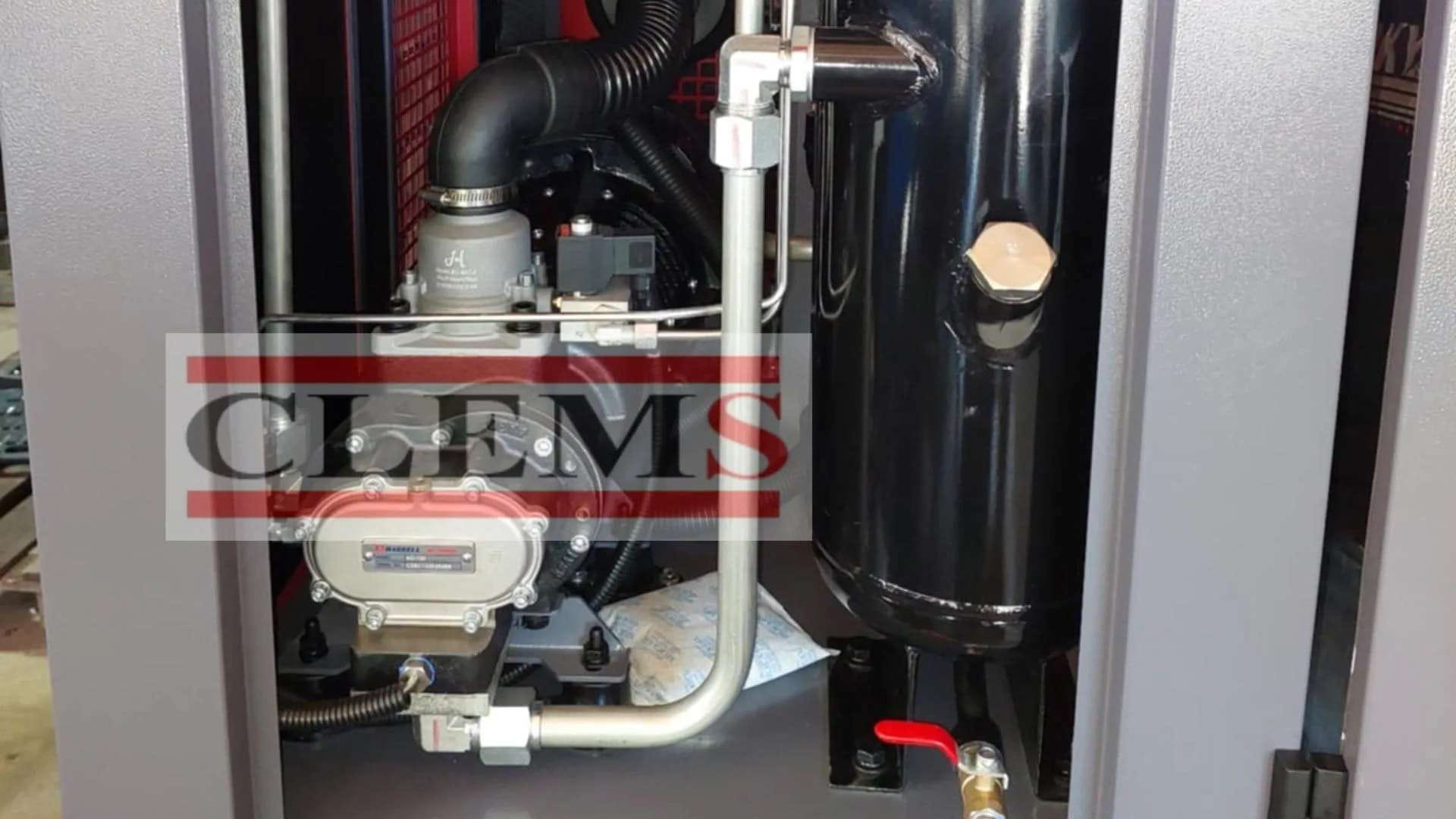10 Essential Tips for Maintaining Your Air Compressor Efficiently
Introduction
10 Essential Tips for Maintaining Your Air Compressor Efficiently. An air compressor is an essential tool in various industries, from automotive to manufacturing. Ensuring your air compressor operates efficiently can save time, money, and energy. In this comprehensive guide, we will provide you with 10 essential tips for maintaining your air compressor, helping you extend its lifespan and improve its performance.
1. Understand Your Air Compressor
Before diving into maintenance tips, it’s crucial to understand your air compressor’s type and specifications. Knowing whether you have a rotary screw, piston, or vane compressor will help you tailor your maintenance approach.
2. Regularly Check and Change the Oil
Maintaining the oil level and quality is vital for an air compressor’s performance. Regularly check the oil level and change it according to the manufacturer’s recommendations. Using the correct oil type ensures optimal lubrication and prevents wear and tear on moving parts.
3. Inspect and Replace Filters
Filters play a crucial role in keeping your air compressor clean and efficient. Dirty filters can cause your compressor to work harder, leading to increased energy consumption and wear. Inspect the air intake and oil filters regularly and replace them as needed.
4. Monitor the Belt Tension
For belt-driven air compressors, proper belt tension is essential for efficient operation. Check the belt tension periodically and adjust it according to the manufacturer’s guidelines. A loose or overly tight belt can cause inefficiency and damage to the compressor.
5. Clean the Compressor’s Cooling System
An air compressor’s cooling system prevents overheating and ensures smooth operation. Keep the cooling fins and radiator clean by removing dust and debris. This helps maintain the compressor’s temperature and prevents overheating.

6. Check for Leaks
Air leaks can significantly impact your compressor’s efficiency. Regularly inspect hoses, connections, and fittings for any signs of leaks. Repair any leaks promptly to ensure optimal performance and energy efficiency.
7. Drain the Moisture from the Tank
Moisture accumulation in the compressor tank can lead to corrosion and damage. Drain the moisture from the tank regularly, especially in humid environments. Using an automatic drain valve can simplify this task and ensure consistent maintenance.
8. Inspect and Tighten Bolts and Screws
Vibration during operation can cause bolts and screws to loosen over time. Regularly inspect and tighten all bolts and screws to prevent parts from becoming loose and causing damage or inefficiency.
9. Test the Safety Shutdown System
Your air compressor’s safety shutdown system is crucial for preventing accidents and damage. Periodically test the safety shutdown system to ensure it functions correctly. This includes checking pressure relief valves and emergency stop buttons.
10. Schedule Professional Maintenance
While regular self-maintenance is essential, scheduling professional maintenance can help identify and address issues that may not be apparent. Professional technicians can perform thorough inspections and repairs, ensuring your air compressor remains in optimal condition.
Conclusion
Maintaining your air compressor is not only about extending its lifespan but also about ensuring it operates efficiently and safely. By following these 10 essential tips, you can keep your air compressor in top shape, reducing downtime and operational costs. Remember, regular maintenance is the key to a reliable and efficient air compressor.
Subheadings:
- Understand Your Air Compressor
- Regularly Check and Change the Oil
- Inspect and Replace Filters
- Monitor the Belt Tension
- Clean the Compressor’s Cooling System
- Check for Leaks
- Drain the Moisture from the Tank
- Inspect and Tighten Bolts and Screws
- Test the Safety Shutdown System
- Schedule Professional Maintenance




